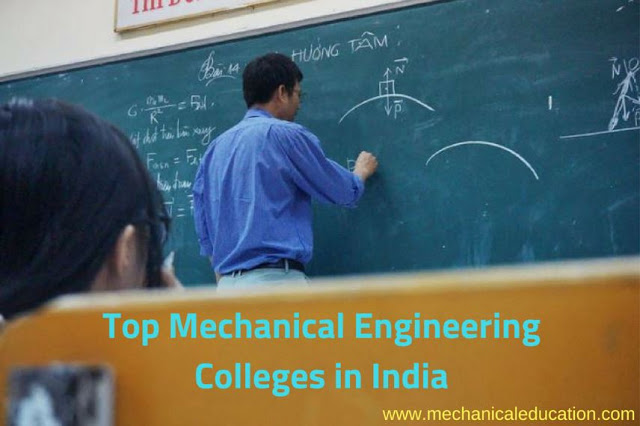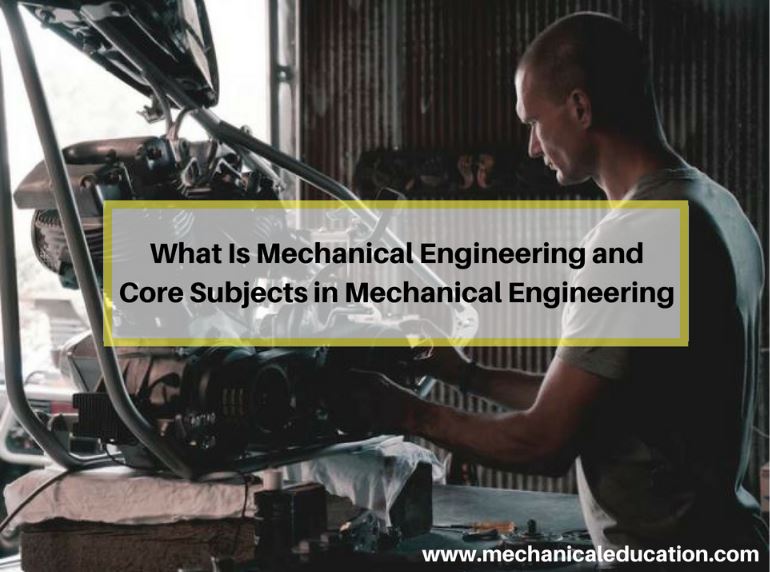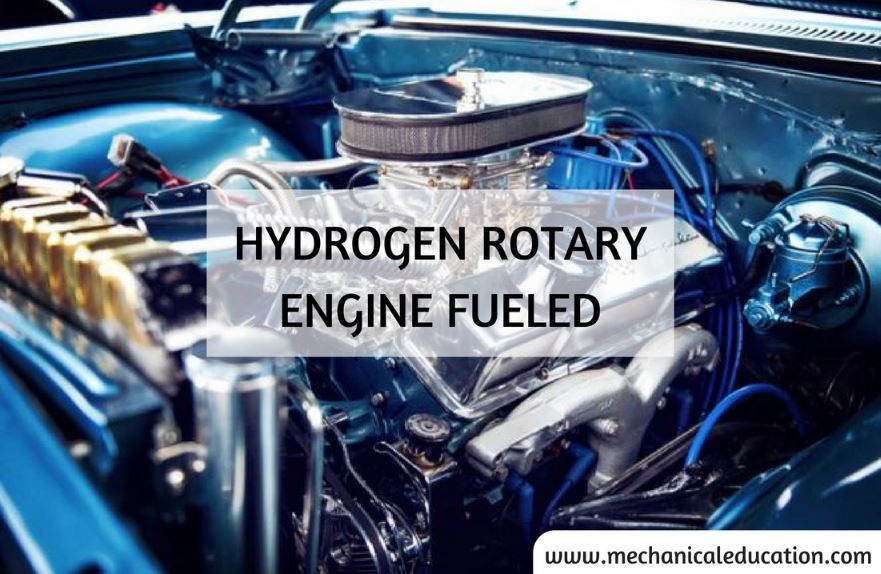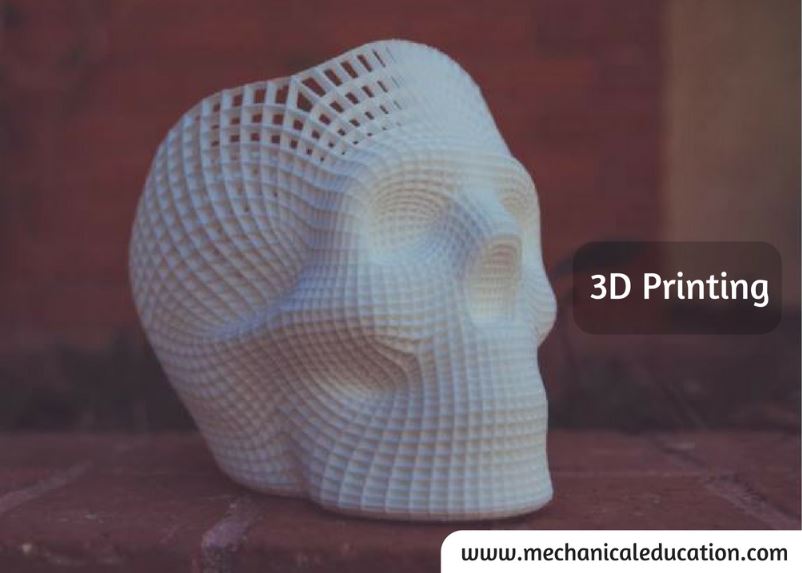A combustion chamber is a crucial part of an internal combustion engine, gas turbine, or other combustion systems. It is a closed space in which fuel and air are mixed and ignited, producing high-temperature gases that generate energy. The combustion chamber consists of several components that work together to achieve efficient combustion and energy production. The main components of a combustion chamber are:
- Fuel injection system: The fuel injection system is responsible for delivering the correct amount of fuel to the combustion chamber at the right time. The fuel is typically delivered as a spray or mist, which mixes with the air in the chamber. The fuel injection system may be located inside the combustion chamber or outside of it, depending on the engine design.
- Air intake system: The air intake system supplies the air required for combustion. The air is typically compressed and filtered before entering the combustion chamber. The air intake system may include a turbocharger or supercharger to increase the amount of air available for combustion.
- Ignition system: The ignition system is responsible for igniting the fuel-air mixture in the combustion chamber. This is typically achieved using a spark plug or a glow plug, depending on the engine design.
- Combustion chamber walls: The walls of the combustion chamber must be designed to withstand the high temperatures and pressures generated during combustion. They are typically made of high-temperature resistant materials, such as ceramics or metal alloys.
- Combustion chamber liners: Combustion chamber liners help to protect the walls of the chamber from the high-temperature combustion gases. They may be made of materials such as ceramics, metals, or composites.
- Exhaust system: The exhaust system is responsible for removing the combustion gases from the combustion chamber. The exhaust gases pass through a series of pipes and components, including mufflers and catalytic converters, before being expelled into the atmosphere.
- Cooling system: The cooling system helps to regulate the temperature of the combustion chamber and prevent overheating. This may be achieved using coolant or air-cooling, depending on the engine design.
In conclusion, the components of a combustion chamber work together to achieve efficient combustion and energy production. A well-designed combustion chamber can help to improve the performance, fuel efficiency, and emissions of an engine or combustion system.


What are the 3 main combustion chamber types?
There are several types of combustion chambers used in internal combustion engines and other combustion systems, but the three main types are:
- Reciprocating piston engine combustion chamber: This type of combustion chamber is used in reciprocating piston engines, which are commonly found in automobiles, motorcycles, and small aircraft. In this design, the combustion chamber is located in the top of the engine cylinder, and the fuel-air mixture is ignited by a spark plug. The combustion gases expand, pushing the piston down and generating mechanical energy. This process is repeated in each cylinder of the engine.
- Gas turbine engine combustion chamber: Gas turbine engines are used in aircraft, power plants, and other industrial applications. The combustion chamber in a gas turbine engine is designed to burn a continuous stream of fuel and air, rather than the intermittent combustion of a reciprocating engine. The combustion chamber is typically a can-shaped structure, with fuel injectors that spray fuel into the combustion chamber, and igniters that ignite the mixture. The hot gases produced by combustion expand through a turbine, generating mechanical energy.
- Rocket engine combustion chamber: Rocket engines are used to power spacecraft and missiles. In a rocket engine, the fuel and oxidizer are mixed and burned in the combustion chamber to produce high-temperature, high-pressure gases that are expelled out of a nozzle, producing thrust. Rocket engine combustion chambers can have a variety of designs, including regenerative cooling systems that use fuel to cool the chamber walls, and staged combustion systems that burn the fuel and oxidizer in separate stages to increase efficiency.
In summary, the three main types of combustion chambers are reciprocating piston engine combustion chambers, gas turbine engine combustion chambers, and rocket engine combustion chambers. Each type of combustion chamber has unique features and design requirements, depending on the intended application.


Where is combustion chamber located?
The location of the combustion chamber depends on the type of combustion system. In internal combustion engines, which are commonly found in automobiles, motorcycles, and small aircraft, the combustion chamber is typically located inside the engine cylinder. In this design, the fuel and air are mixed inside the combustion chamber, and then ignited by a spark plug or compression, depending on the engine type. The resulting combustion generates high-pressure gases that push the piston, which generates mechanical energy.
In gas turbine engines, which are used in aircraft, power plants, and other industrial applications, the combustion chamber is typically a separate component located between the compressor and turbine. The combustion chamber is a can-shaped structure that contains fuel injectors and igniters, which mix and ignite the fuel and air mixture. The hot gases produced by combustion expand through a turbine, generating mechanical energy.
In rocket engines, which are used to power spacecraft and missiles, the combustion chamber is typically located at the bottom of the engine. The fuel and oxidizer are mixed and burned in the combustion chamber to produce high-temperature, high-pressure gases that are expelled out of a nozzle, producing thrust.
In summary, the location of the combustion chamber depends on the type of combustion system, but it is generally located where fuel and air are mixed and burned to produce energy.


Why is combustion chamber important?
The combustion chamber is a critical component in combustion systems, including internal combustion engines, gas turbines, and rocket engines, because it is where the fuel and air are mixed and burned to generate energy. The importance of the combustion chamber lies in several factors:
- Energy production: The combustion chamber is where the fuel and air are ignited, resulting in a chemical reaction that generates high-temperature, high-pressure gases. These gases can be harnessed to produce mechanical energy, which can be used to power vehicles, generate electricity, or propel spacecraft.
- Efficiency: The efficiency of a combustion system depends in part on the design of the combustion chamber. A well-designed combustion chamber can maximize the amount of energy produced from a given amount of fuel, while minimizing waste products such as unburned fuel and emissions.
- Emissions: The combustion chamber plays a crucial role in controlling emissions from combustion systems. By optimizing the fuel-air mixture and combustion process, the combustion chamber can help to minimize harmful pollutants such as carbon monoxide, nitrogen oxides, and particulate matter.
- Durability: The combustion chamber must be designed to withstand the high temperatures and pressures generated during combustion. The materials and construction of the combustion chamber must be carefully chosen to ensure long-term durability and reliability.
In conclusion, the combustion chamber is a critical component in combustion systems because it is where the fuel and air are mixed and burned to generate energy. The design and performance of the combustion chamber have a significant impact on the efficiency, emissions, and durability of the combustion system.


What is the function of combustion?
The primary function of combustion is to release energy from a fuel by reacting it with an oxidizer. This process involves a chemical reaction between the fuel and oxidizer that generates heat, light, and other forms of energy. The energy released by combustion can be harnessed for a variety of purposes, including:
- Heat: Combustion is commonly used to produce heat for heating buildings, cooking food, and other applications. In this case, the fuel is typically burned in a furnace or stove to produce heat, which is then transferred to the surrounding environment.
- Mechanical energy: Combustion can also be used to produce mechanical energy, which can be used to power engines and generate electricity. In this case, the high-temperature, high-pressure gases produced by combustion are harnessed to produce mechanical work, which can be used to turn a turbine or other mechanical device.
- Chemical production: Combustion is also used in the production of chemicals, such as in the manufacture of fertilizers and other industrial chemicals. In this case, the combustion process is used to produce the raw materials needed to make the desired chemical product.
- Propulsion: Combustion is used to propel vehicles and spacecraft. In internal combustion engines and gas turbines, the energy released by combustion is used to generate thrust, which propels the vehicle forward. In rocket engines, the energy released by combustion is used to propel the spacecraft through the vacuum of space.
In summary, the function of combustion is to release energy from a fuel by reacting it with an oxidizer. The energy released by combustion can be harnessed for a variety of purposes, including heat, mechanical energy, chemical production, and propulsion.
Frequently Asked Questions
1. What is a combustion chamber?
A combustion chamber is a crucial component in internal combustion engines where the air-fuel mixture is ignited, and combustion occurs to produce power. It is a confined space where the combustion process takes place.
2. What are the main components of a combustion chamber?
The main components include the cylinder head, piston, spark plug (in gasoline engines), fuel injector (in diesel engines), intake and exhaust valves, and the cylinder walls.
3. How does the piston contribute to the combustion process in the chamber?
The piston compresses the air-fuel mixture within the combustion chamber, creating conditions for efficient combustion. It also converts the energy from combustion into mechanical motion.
4. What is the role of the cylinder head in a combustion chamber?
The cylinder head forms the upper part of the combustion chamber, sealing it and housing components like the valves and spark plugs. It plays a crucial role in heat dissipation and maintaining compression.
5. Why are intake and exhaust valves important in the combustion chamber?
Intake valves allow the entry of the air-fuel mixture, and exhaust valves enable the expulsion of combustion by-products. They control the flow of gases in and out of the combustion chamber during the engine’s four-stroke cycle.
6. What is the purpose of the spark plug in a combustion chamber?
In gasoline engines, the spark plug initiates combustion by producing a spark that ignites the air-fuel mixture. This controlled ignition is crucial for the combustion process.
7. How does a fuel injector function in a diesel engine’s combustion chamber?
In diesel engines, the fuel injector sprays atomized fuel directly into the combustion chamber, where it mixes with compressed air. The heat generated by compression ignites the fuel.
8. How are combustion chambers designed for optimal performance?
Design factors include optimizing the shape and size of the chamber, controlling air and fuel distribution, and ensuring efficient heat dissipation. These factors contribute to engine efficiency and emissions control.
9. Can the shape of the combustion chamber affect engine performance?
Yes, the shape of the combustion chamber, such as its volume, shape, and orientation, influences factors like turbulence, mixing of air and fuel, and the efficiency of the combustion process.
10. How does the combustion chamber contribute to engine efficiency and emissions control?
Efficient combustion chambers contribute to better fuel efficiency by ensuring complete combustion. They also play a role in emissions control by influencing the combustion process and reducing the formation of pollutants.




